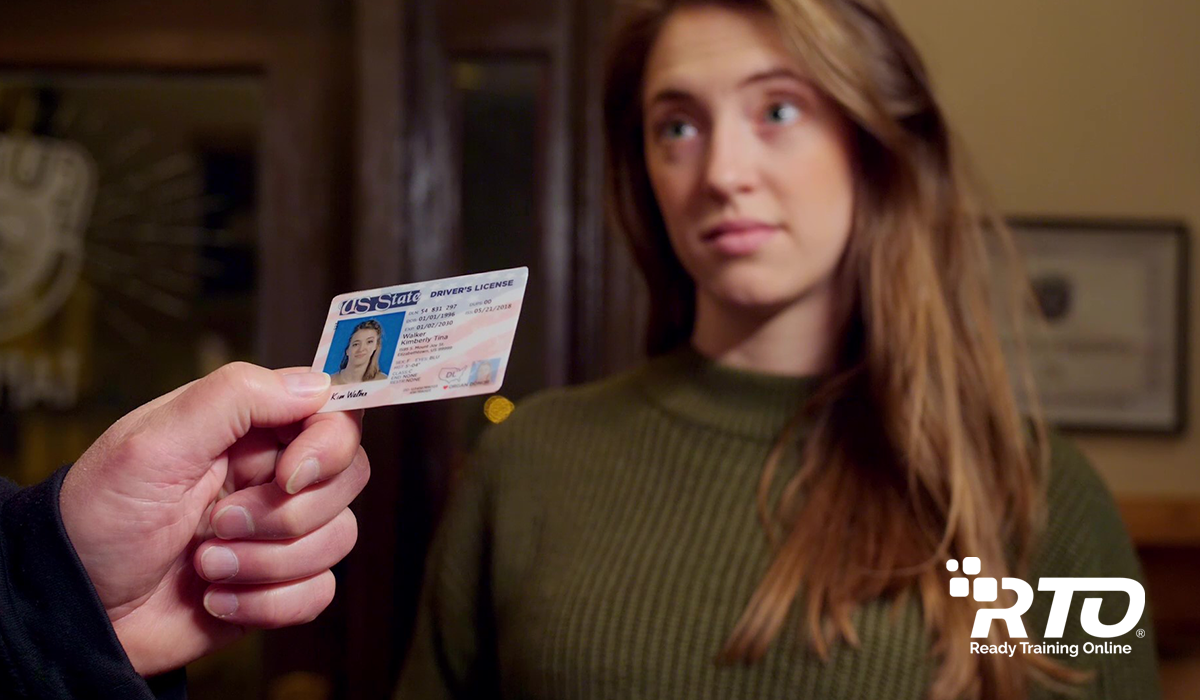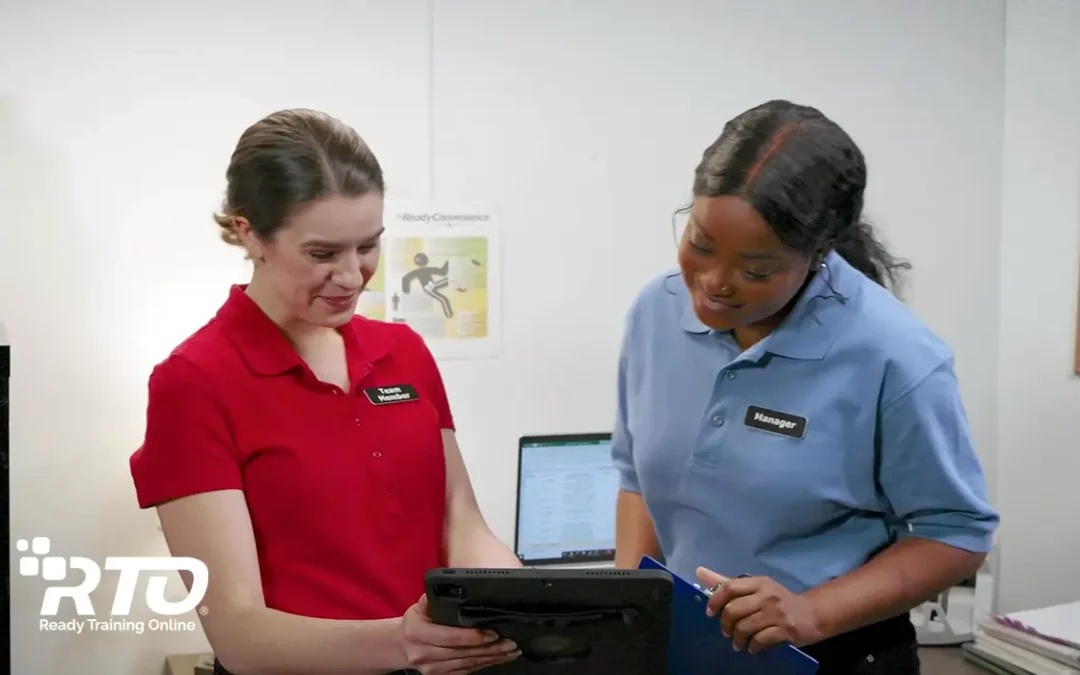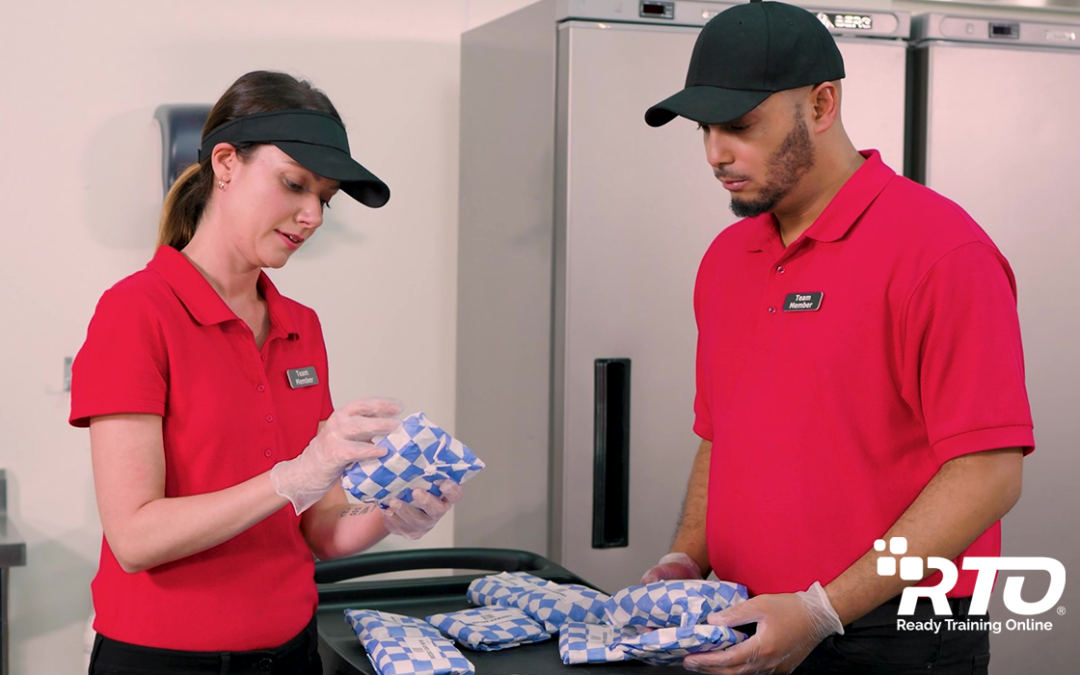Alcohol and tobacco sales bring a lot of customers into your convenience store. When you factor in add-on purchases, selling these products has a significant impact on your bottom line.
Your employees have a responsibility to sell alcohol and tobacco in accordance with state, federal, and local regulations. Comprehensive tobacco and alcohol compliance training not only helps to ensure your store is operating in compliance with the law, it also protects your customers and community.
Age-Restriction for Tobacco and Alcohol sales
The minimum legal drinking age of 21 was set by a national law passed in 1984. In 2019, the legal age to purchase tobacco products was raised to 21 as well. These minimum age requirements are intended to protect the community at large, and particularly teens, from the dangers of tobacco and alcohol.
Research studies have proven that age requirements work to curb underage use, but that positive outcome is dependent on stores like yours effectively checking customers’ identification.
Acceptable Identification for Tobacco and Alcohol Sales
It is the employee’s responsibility to verify the age of any customer who is attempting to purchase tobacco or alcohol. Acceptable identification include:
- Driver’s license
- State-issued ID
- Passport
- Military ID card.
Acceptable IDs must be valid, not expired, and must have a photo image, an expiration date, and contain the date of birth and a physical description of the holder. Follow your store’s guidelines on when to ask for ID, but remember this simple rule: when in doubt, ask for ID.
Identifying ID Fraud
ID fraud is a challenge in the convenience store industry. A fake ID may come in one of many forms. It may be the customer’s real ID that has been altered. The customer may be using someone else’s real ID that was borrowed or stolen. The customer may have made his own fake ID or purchased one. Most fake IDs are easy to spot by clerks who are paying attention.
- How does it look? Check the look of the ID to verify that state seals and any holographic imprints that should be there. Look at the placement of images, signatures, and data on the card. The photo should be clear, focused, and bright, with no red-eye.
- Check the font: Typing should be clear and crisp with no scratched, smudged, or bleached out spots. The typeset should match across all of the text. If the font of the date of birth or expiration date is a different size or type, you should question it.
- How does it feel? Check the feel of the ID. Make sure the ID is the proper size and thickness with clean laminate. If there are bumpy surfaces or rough spots, check to see why. Look for peeling lamination.
- Check both sides of the ID. Most now have magnetic strips or barcodes. Many counterfeit IDs look great on the front and are just a photocopy on the back.
Compliance with laws for the purchase of tobacco and alcohol is serious business. Effective tobacco and alcohol compliance training for all your employees is critical. Your business depends on it, and so does the health and well-being of your community.
Online Training Through the trainingGrid® LMS
trainingGrid® is an LMS developed with you and your employees in mind. Its intuitive design makes learning management simple and allows employees to begin training with just a click. This flexible system comes with a variety of robust features customizable to fit your needs in addition to built-in reporting and certification tools that track your compliance documentation.
Request a guided demonstration of trainingGrid® today!





